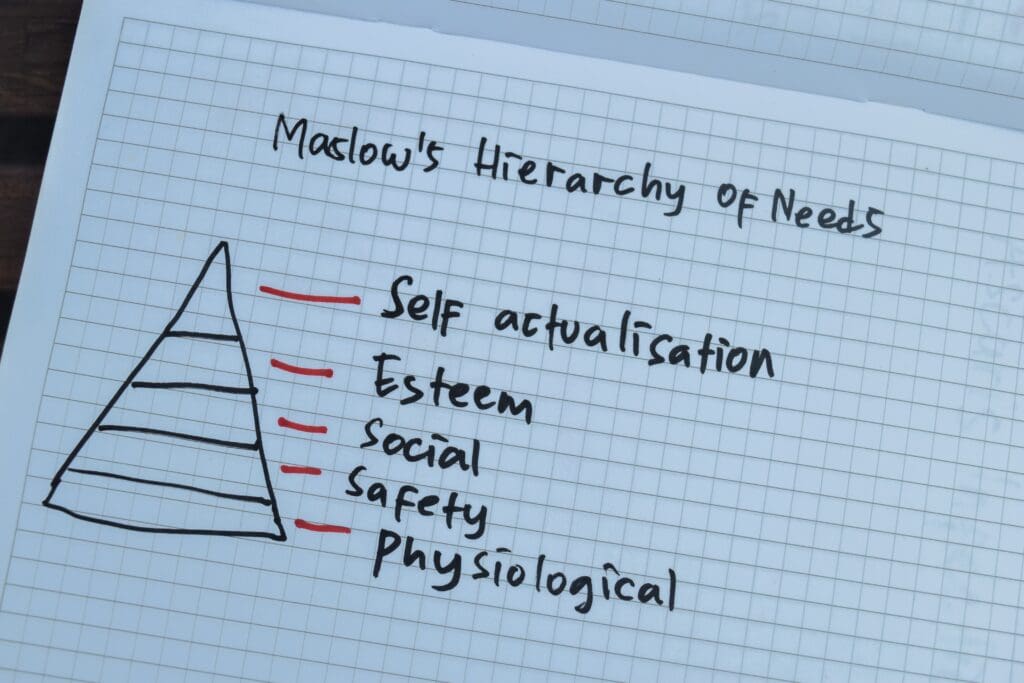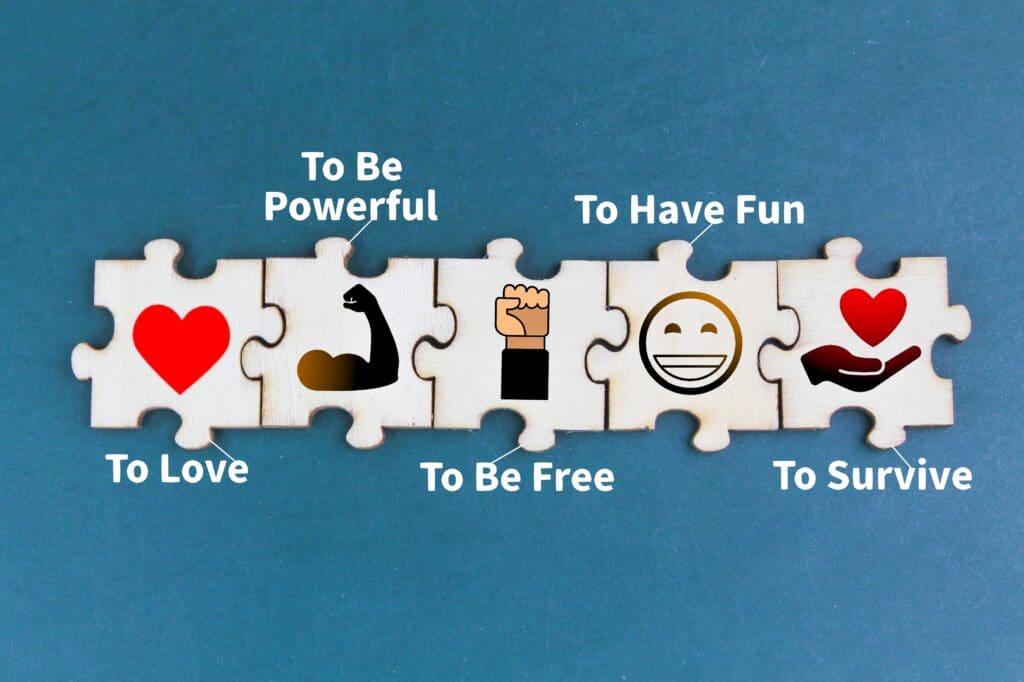Heartbreak often catches people off guard—not just because of the pain, but because of how deeply it disrupts every part of our lives. As a therapist, I see this time and again: clients come in thinking they’re struggling “just” with a breakup, but what’s really happening is much more layered. One helpful way to understand this complexity is through Maslow’s Hierarchy of Needs.
Maslow’s model, often pictured as a pyramid, outlines five levels of human needs—from basic survival to self-actualization. When heartbreak enters the picture, it doesn’t just touch one layer. It can shake the whole structure.

(WATCH THIS VIDEO: Why Maslow’s Hierarchy of Need Matters)
1. Safety and Belonging: The Foundation Wobbles
At the core of every loving relationship is a sense of safety and belonging. When we love someone, we often intertwine our daily rhythms, our homes, our futures. A breakup or betrayal can leave us feeling unmoored, not just emotionally but physically—disrupting sleep, eating patterns, and our sense of security in the world.
Maslow recognized that once basic physiological needs are met (food, shelter, sleep), our next concern is safety. For many, a partner represents that safe base. When it’s gone, the loss feels existential—because it is. Heartbreak threatens the foundation we’ve built our lives on.
2. Love and Connection: The Human Need to Belong
The third level of Maslow’s pyramid is all about love, intimacy, and connection. Heartbreak cuts directly into this need. We are wired to seek connection—it’s how we regulate our emotions, feel seen, and understand who we are in relation to others.
When a connection ends, especially unexpectedly or painfully, it can leave people feeling isolated, rejected, or deeply unworthy. These aren’t just emotions—they’re neurological experiences that affect how we think, move, and even breathe.

3. Self-Esteem and Identity: Who Am I Now?
A deep heartbreak often brings with it a kind of identity crisis. Who am I without this person? Without the version of myself I was in that relationship? Without the future I thought was mine?
Maslow’s fourth level—esteem needs—is tied to confidence, self-respect, and recognition. After heartbreak, many people struggle to trust themselves again. They question their judgment, their worth, their role in what went wrong. Therapy can be a place to begin rebuilding this layer, gently and intentionally.

4. Self-Actualization: When the Dust Settles
Maslow believed that at the top of the hierarchy is self-actualization—becoming the fullest version of yourself. Interestingly, heartbreak, for all its devastation, can sometimes open a surprising path to this level. When everything falls apart, it can create space for a deeper kind of becoming.
Clients often tell me: “I don’t want to go back to who I was—I want to become someone stronger, wiser, more whole.”That desire is the beginning of self-actualization. But to get there, we have to tend to the unmet needs below: safety, connection, esteem. Healing heartbreak isn’t about “moving on”—it’s about moving inward.
Rebuilding, One Layer at a Time

In my therapy practice, and in my weekly online coaching group Your Therapy RX, we often explore what it looks like to rebuild from the bottom up. To meet each need with compassion and patience. Whether you’re in Indiana or Connecticut and want to work with me individually, or are looking for group support wherever you are, I’d be honored to walk with you.
